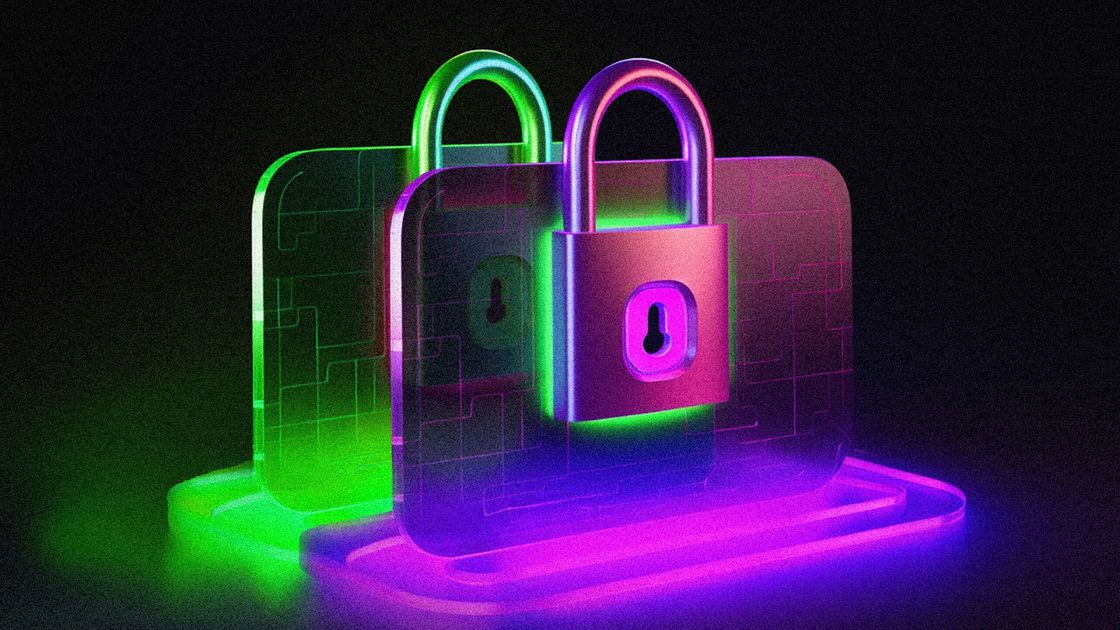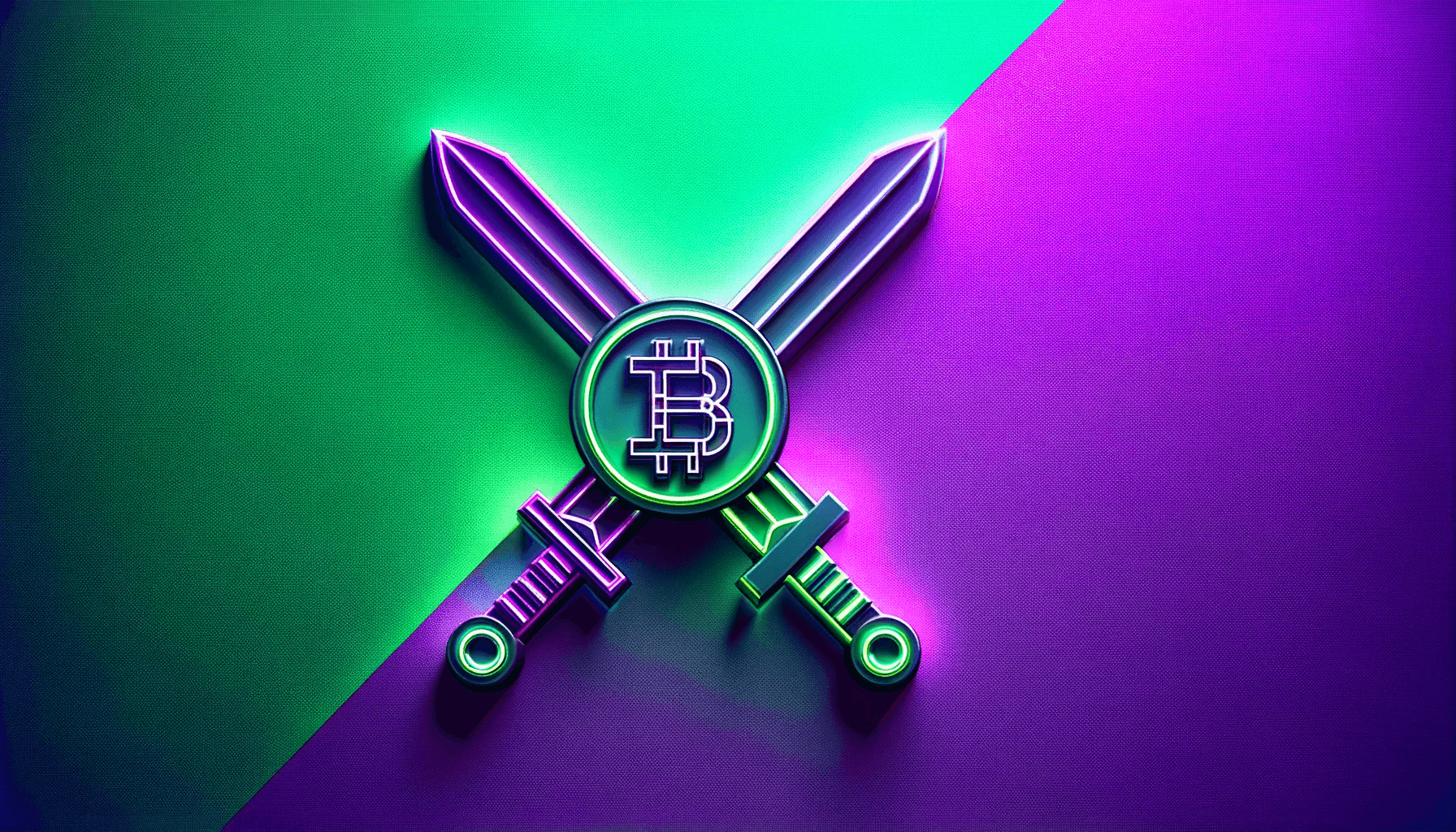
Security is important for everyone, especially when online. With the growth of blockchain technology and digital assets, making sure you are properly protecting your crypto is very important. Two-factor authentication is a valuable security tool that is used in everyday life and within crypto.
What is Two-Factor Authentication?
Two-factor authentication or 2FA is a security measure where users provide two different authentication factors to verify their identity.
It is designed to add an extra layer of protection to users' accounts, wallets and exchanges, for example having an additional verification step when withdrawing crypto could stop a hacker from withdrawing your crypto without your permission or if you fat-fingered the sell button it might save you from completing the transaction as it will request additional verification to complete.
There are different types of authentication methods for 2FA, these include:
SMS Verification
AKA text messaging, which can be used as a form of two-factor authentication when a message is sent to a trusted phone number.
You are then prompted to follow a link or enter a one-time code on the app or site you are accessing, such as an exchange.
Hardware
This is the more traditional method of authentication, where a business may provide a key fob that produces a new code every minute, which employees can use to access systems.
Voice-based authentication
You confirm your identity via your voice, your voice is essentially your password.
Push Notifications
This is a method that requires no passwords as when an exchange requests for 2FA it sends a signal to your phone that you can either accept or decline which then gives you access to an app.
Biometric Authentication
You can even use other methods for 2FA such as fingerprints, or face recognition, these help to provide a greater level of security.
2FA best practices within the crypto world
Within the crypto world, 2FA is being used to boost security for a number of different applications. Make sure you are taking these steps to keep your crypto safe and secure.
The authenticator app you use is really a personal preference, the most popular ones are Google Authenticator and Microsoft Authenticator.
Two-factor authentication can be used for many different apps such as exchanges, wallets or offline storage wallets.
Most exchanges will offer 2FA as an additional layer of security for every user, you will be required to download an authenticator app such as Google authenticator and link this to your exchange account.
When logging in or performing transactions you will be required to enter a one-time generated code that is valid for a short time by the authenticator app, in order to complete the process.
Two-factor authentication helps play an important part in keeping your crypto safe from threats such as Phishing attacks, where your login details are copied when logging in to a fraudulent website or app.
2FA will help add an additional security step that would prevent scammers from accessing your account.
Most exchanges require 2FA as a governmental compliance, such as exchanges that handle a large amount of user funds like Binance.
Final Thoughts
Whilst 2FA best practices are an effective security measure, it is still essential to make sure you are doing your best to keep on top of security for your assets.
Make sure you never share your 2FA app with anyone, as in the wrong hands you could have your funds drained.
Keep your phone or device that has the authenticator app safe, making sure it is protected with a PIN or password so no one can access the app without you knowing.
As digital assets continue to increase in adoption, making sure you protect your information and crypto assets is very important.
Implementing 2FA best practices across your accounts helps to safeguard your assets and information, helping to mitigate potential risks.
Want More Cutting-Edge Crypto News?
Follow Us: X TikTok Instagram Telegram LinkedIn
Sign up to our newsletter at the bottom of the page
Check Out Our Top 10 Crypto Currencies of 2023
This article is intended for educational purposes and is not financial advice.


















